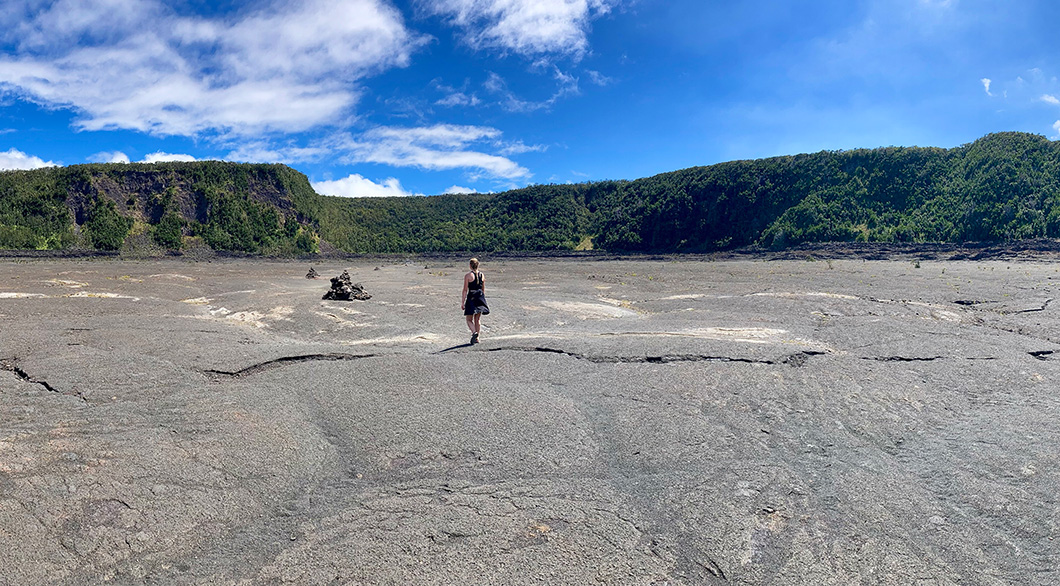
“There is nothing either good or bad, but thinking makes it so” ― William Shakespeare
Parks change
National parks aren’t static—they change right before our eyes.
We often think of national parks as unchanging landscapes that took millions of years to form and will stay the same for millions more.
There is truth in this, but it also misses one of the most important aspects of parks: change.
I recently visited Hawaii Volcanos National Park and hiked the Kīlauea Iki trail. This is a stunning trail that takes you down into the volcano crater and across a hardened lake of lava.
And the amazing part?
This lake of lava isn’t a relic of millions of years. It was formed in 1959! It then took over 30 years to harden into the flat, frozen lake it is today.
This means that today there are conceivably people who live on Hawaii island who saw the crater before, during, and after the lava lake formed.
In my own life, I have also been able to see changes in National Parks. Having grown up near Yellowstone, I’ve had the opportunity to visit frequently. I can say from my own experience that Mammoth Hot Springs does not look the same as it did when I was a kid. Geothermal flows are different year to year—in another ten years, it will look different from how it does today.
There are many ways that parks can change: rockslides, fires, volcanic activity, avalanches, and more.
Even humans are changing parks. Of course, some are negative, like vandalism and climate change, but some are positive, like species reintroduction and restoration work.
The beauty of national parks lies in their constant change. When you visit a park, it exists in a unique form for that specific moment. Each park visit is a singular experience to cherish.
Realizing the impermanence of each park visit allows us to be fully present, appreciating its uniqueness.
As we realize this we better relate to the parks we visit.
We Change
As a kid visiting Yellowstone, I loved carnivores. That was a pivotal part of the park for me—a place where bears, wolves, and coyotes roamed together.
On my latest visit to Yellowstone, my fascination shifted to geysers. I spent hours sitting at geysers waiting for them to erupt. I wanted to read the history of every geyser I passed, whether it was active or dormant.
My time in Yellowstone was a whole new experience compared to the ones I had as a kid.
As our interests evolve, so does our perception of these parks. This fluidity makes Yellowstone and other national parks worth revisiting.
Everything is constantly changing. Parks are no exception. Slow down and savor how they are right now—you’ll be one of only a few who will get to see the park as it is at that moment.
